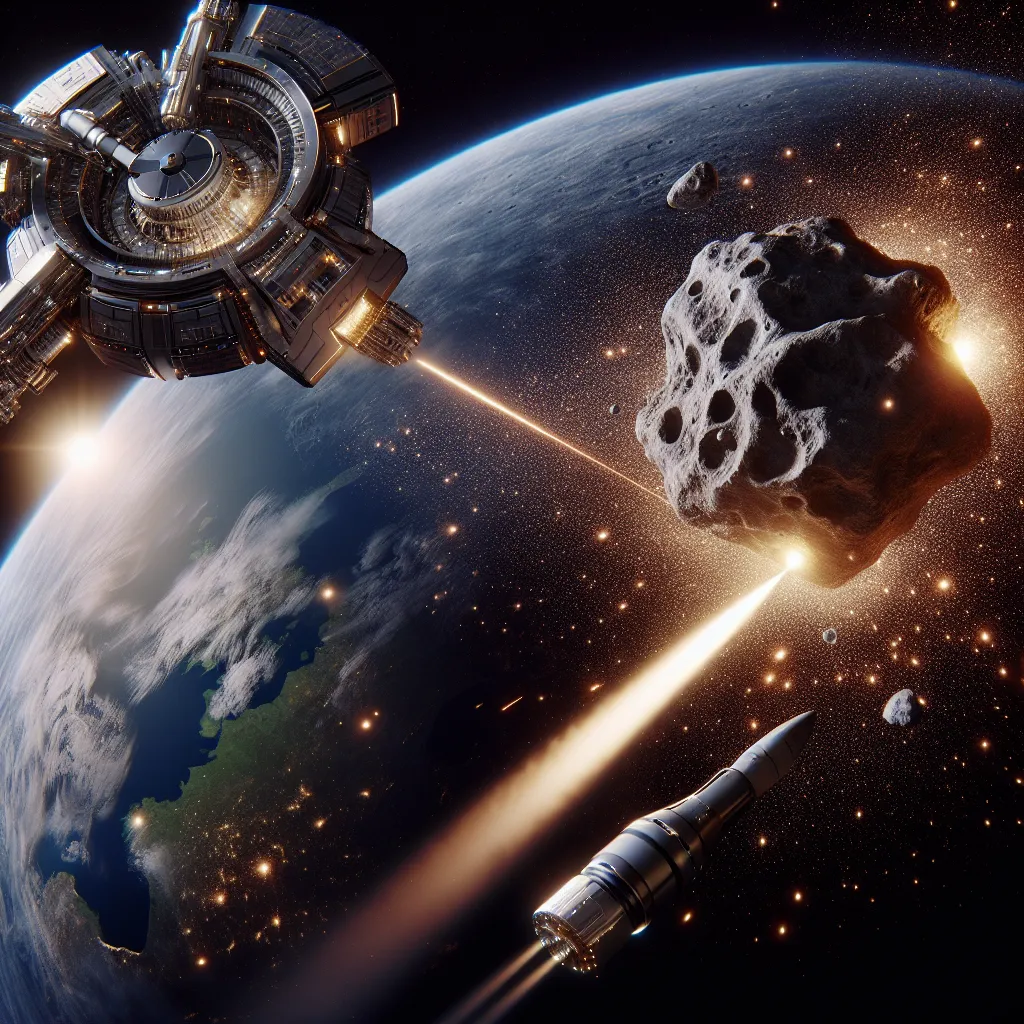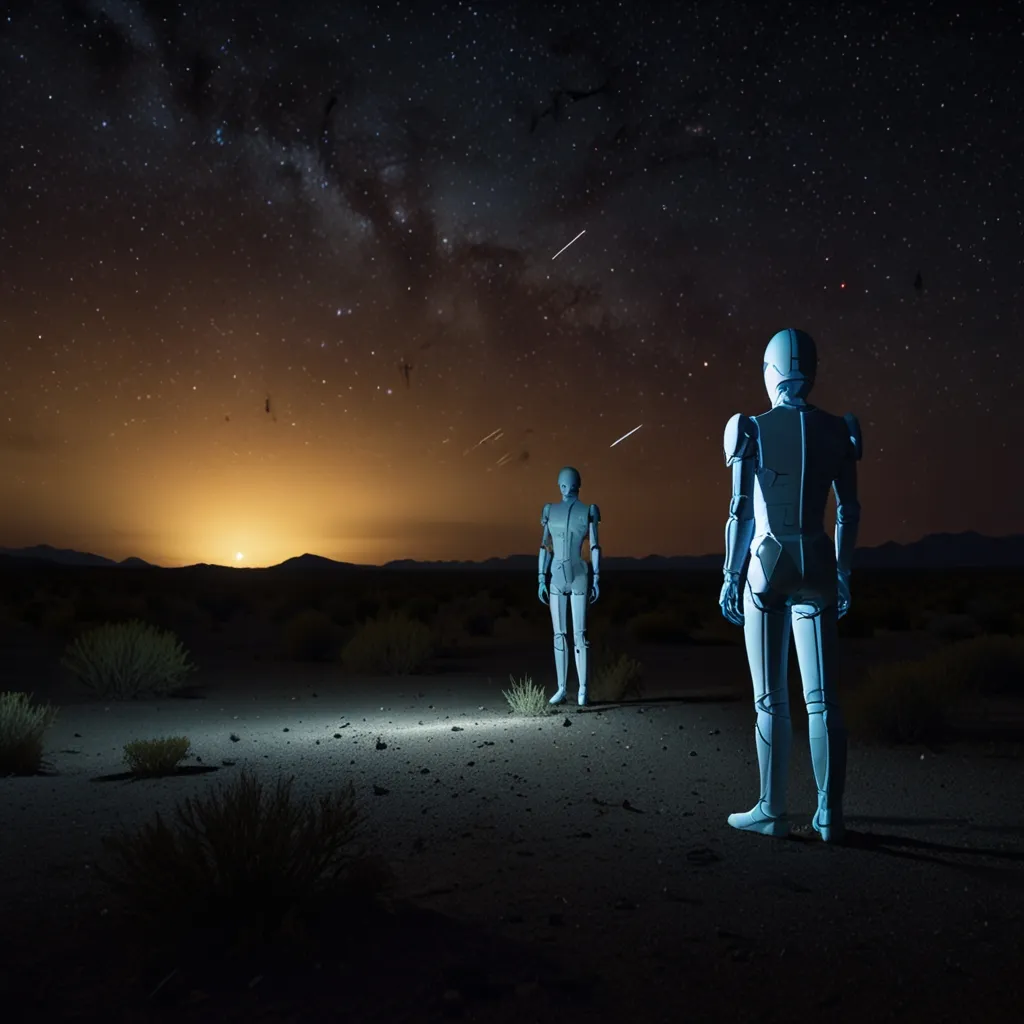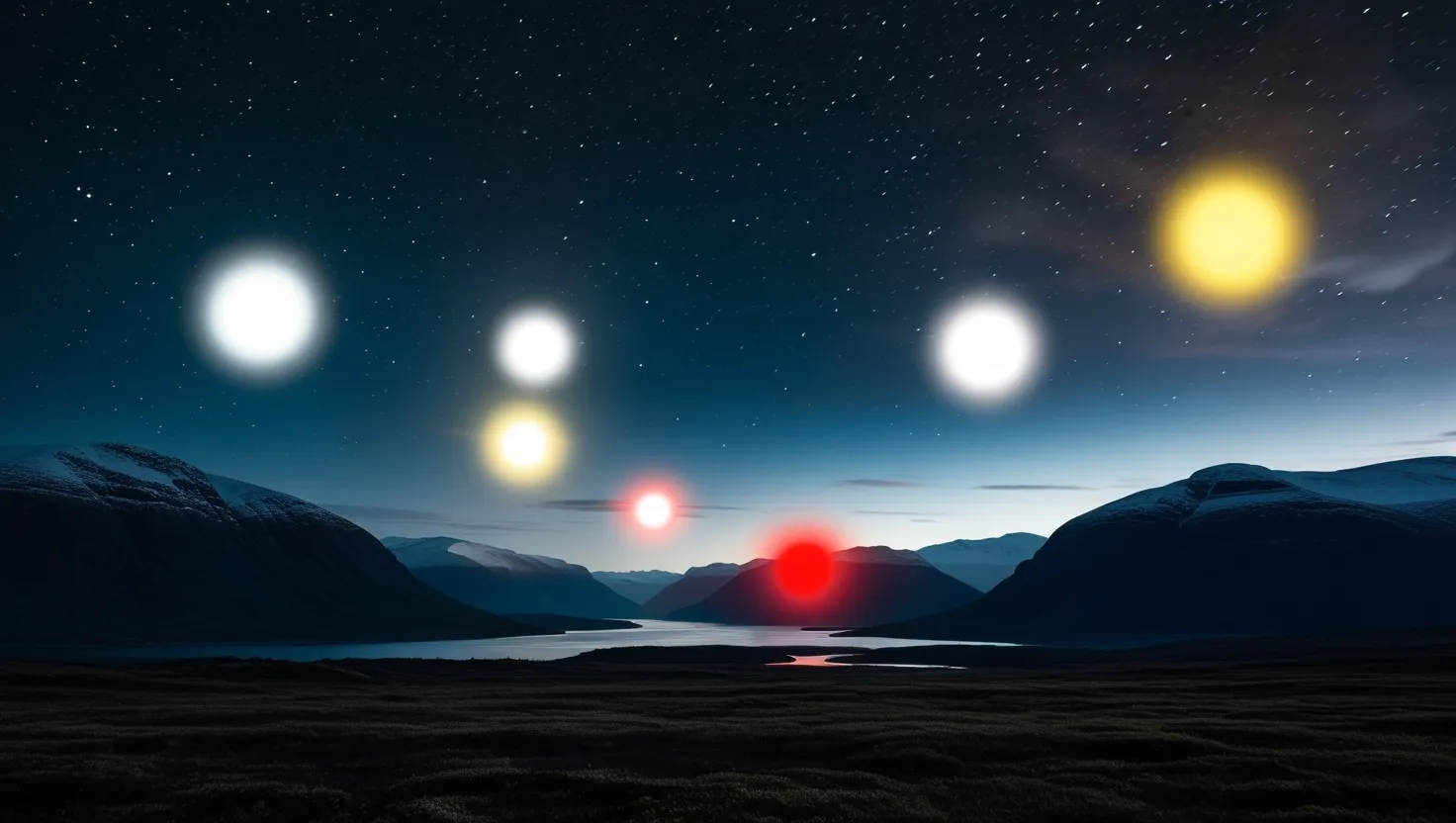While casually watching a YouTube video on my high-powered computer, I started thinking about the rare materials inside all these devices. It’s crazy to consider that elements like Terbium, Neodymium, or Tantalum, essential for our tech, come from such a harmful process. Mining these minerals is ugly business, causing significant air and water pollution and destroying entire landscapes. Dangerous chemicals like cyanide and sulfuric acid are used, posing risks to biodiversity, workers, and locals. Plus, rare resources can become political tools, with countries restricting access to gain leverage.
But what if mining could be clean and harm no one? It sounds like a dream, but it’s possible if we look up—at asteroids. These space rocks are loaded with metals, ice, and other valuable materials. Some are as small as a meter, while others are as big as countries. The asteroid belt and Kuiper belt are packed with them, with many more roaming between planets.
As space travel becomes more feasible, scientists and economists are eyeing these space resources. Asteroids, even small ones, could contain metals worth trillions, like platinum. One gigantic asteroid, 16 Psyche, could hold enough iron and nickel to meet global demands for millions of years. In theory, these raw materials could be worth quadrillions of dollars. The problem? It costs too much to get them. Harvesting these resources now would be like filtering gold from ocean water—technically possible but not economically viable.
The principles behind asteroid mining are basic but tricky. The idea is to choose an asteroid, move it to a manageable location, and process it. But making this profitable collides with some big challenges. Space travel is super expensive, costing thousands of dollars per kilogram just to reach low Earth orbit, and even more for deep space.
One solution could be electric spaceships, already used in some space probes. These engines use minimal fuel once they’re in space, offering a cost-effective way to travel vast distances. While this doesn’t solve all the cost issues, it makes the first mission more feasible.
Once we have our electric spaceship, we need to target the right asteroid. We’ve visited asteroids and collected samples with probes before, so it seems doable. Near-Earth asteroids would likely be our first targets to keep costs down. After months of travel, our ship would arrive at the asteroid, ready for mining.
The first task would be to stabilize the asteroid. Techniques like vaporizing material with lasers or using thrusters to stop its spin could work. Once stable, we’d wait for the right moments in orbital mechanics to nudge the asteroid near the Moon. This helps save fuel by using the Moon’s gravitational pull to put the asteroid in a stable Earth orbit.
The processing equipment would then kick in, using sunlight to heat up the asteroid and separate materials. Even extracting a tiny fraction of precious metals would be worthwhile, more than you’d get from Earth mining. The next challenge is getting these materials back to Earth. Options include reusable rockets or cheaper, heat-shielded capsules dropped into the ocean.
Asteroid mining could be the first step towards a new era for humanity. As our infrastructure grows, missions would become more sophisticated, producing parts and fuel in space. This cycle could make space operations more economical and minimize Earth’s mining. Toxic mining could become a relic of the past.
This isn’t science fiction. We have the technology and knowledge to start asteroid mining now. All we need is that initial push to build a cleaner, sustainable future for all.






